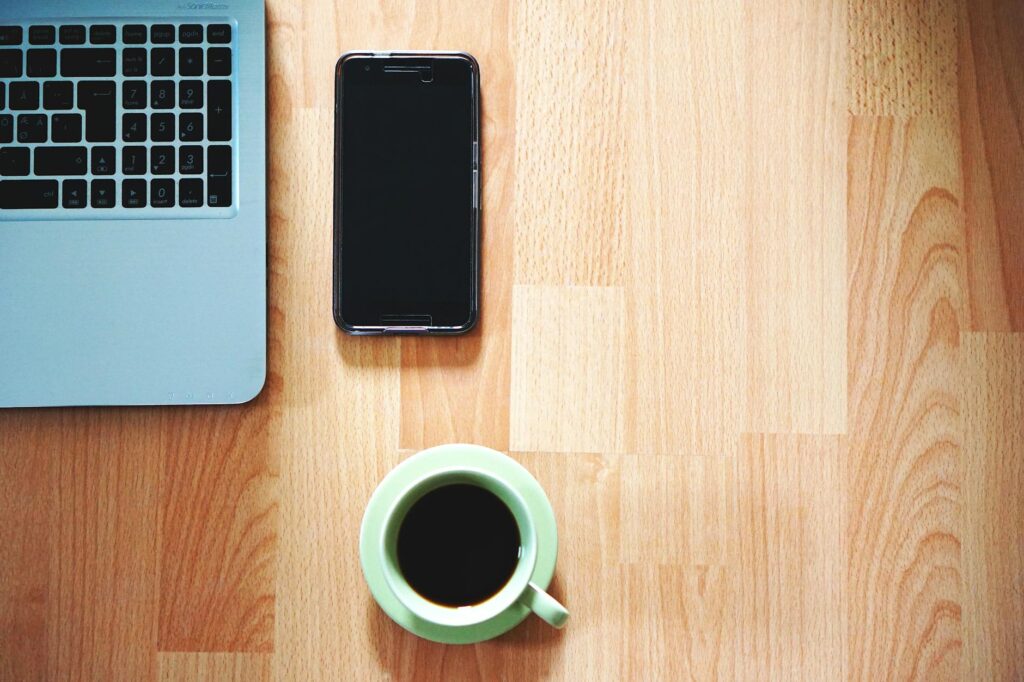What is productive breaks?

What is productive breaks?
In today’s fast-paced world, the concept of productive breaks has gained significant attention. These breaks, unlike the traditional notion of stopping work, are designed to enhance focus and efficiency when you return to your tasks. But what exactly are productive breaks, and why are they important for your productivity?
Understanding Productive Breaks
Let’s get to the heart of the matter. A productive break is a deliberate pause from work that is structured to refresh your mind and body. This isn’t just time wasted; it’s an investment in your productivity.
Definition of Productive Breaks
A productive break can be defined as a short interruption from your work routine that engages you in activities that promote relaxation and rejuvenation. For example, instead of scrolling through social media, you might take a five-minute walk, practice some deep breathing, or engage in a quick stretching routine. Each of these activities is designed to help recharge your mental resources.
Benefits of Taking Productive Breaks
The benefits of integrating productive breaks into your daily routine are numerous:
- Improved Focus: Stepping away from your work allows your mind to rest, making it easier to concentrate when you return. Research backs this up, showing that taking breaks can actually enhance focus and cognitive function (Harvard Business Review).
- Mental Clarity: Engaging in a different activity helps clear mental clutter, making room for fresh ideas.
- Reduced Burnout: Regular breaks can alleviate the feelings of fatigue and stress that come from prolonged work sessions, ultimately leading to better job satisfaction (The Top Benefits of Taking Breaks at Work).
- Enhanced Creativity: Taking time away from a task can lead to new perspectives and solutions.
Types of Productive Breaks
Not all breaks are created equal. Here are some effective types of productive breaks that can help you recharge:
Physical Activity Breaks
Engaging in physical activity, even for a few minutes, can have a profound impact on your energy levels. Short exercises or stretches can increase blood flow and oxygen to your brain, enhancing your overall alertness. You might try:
- Quick stretches: Stand up and stretch your arms, back, and legs.
- Mini workouts: Do a few jumping jacks or squats to get your heart rate up.
Mindfulness and Meditation Breaks
Mindfulness practices, such as meditation or deep-breathing exercises, can help center your thoughts and reduce anxiety. Even a five-minute mindfulness session can help refresh your mind. Consider:
- Deep breathing exercises: Inhale deeply through your nose, hold for a few seconds, and exhale slowly.
- Guided meditations: Use a meditation app for short sessions focused on relaxation.
Creative Breaks
Engaging in a creative hobby can also be a productive break. Activities like drawing, doodling, or even playing a musical instrument can stimulate different parts of your brain, leading to improved focus when you return to your work. This break can serve as a mental reset, allowing you to approach tasks with renewed energy.

Photo by Pixabay
Implementing Productive Breaks in Your Routine
Integrating productive breaks into your daily schedule can be a game-changer. Here’s how to do it effectively:
Identifying Optimal Break Times
Timing is key. Use techniques like the Pomodoro Technique, where you work for 25 minutes and then take a 5-minute break. This can help you determine when to take breaks based on your natural attention patterns. It’s important to listen to your body; if you start feeling fatigued or unfocused, it’s time for a break.
Techniques for Effective Breaks
To maximize your breaks, consider these strategies:
- Set a timer: This ensures you don’t lose track of time during your breaks.
- Avoid screens: Give your eyes a rest from screens; instead, engage in physical activity or mindfulness.
- Stay hydrated: Drink water during breaks to keep your body and mind functioning optimally.
Common Misconceptions About Breaks
Despite the clear benefits, many misconceptions about breaks persist.
Breaks Lead to Procrastination
One of the most common myths is that taking breaks causes procrastination. On the contrary, short, structured breaks can enhance your focus and productivity. Research indicates that planned breaks can help maintain performance throughout the day, countering any procrastination tendencies (Breaks During the Workday).
All Breaks are Equal
It’s crucial to understand that not all breaks are productive. Watching TV or endlessly scrolling through your phone may not provide the same benefits as engaging in physical activity or mindfulness practices. Productive breaks should energize and refresh you, rather than leave you feeling drained or distracted.
Conclusion
Incorporating productive breaks into your daily routine can significantly enhance your overall productivity and well-being. They help improve focus, mental clarity, and creativity while reducing burnout. By understanding the types of breaks that work best for you and implementing them effectively, you can transform your work habits. So, don’t hesitate to integrate these crucial pauses into your day. Your mind—and your productivity—will thank you!